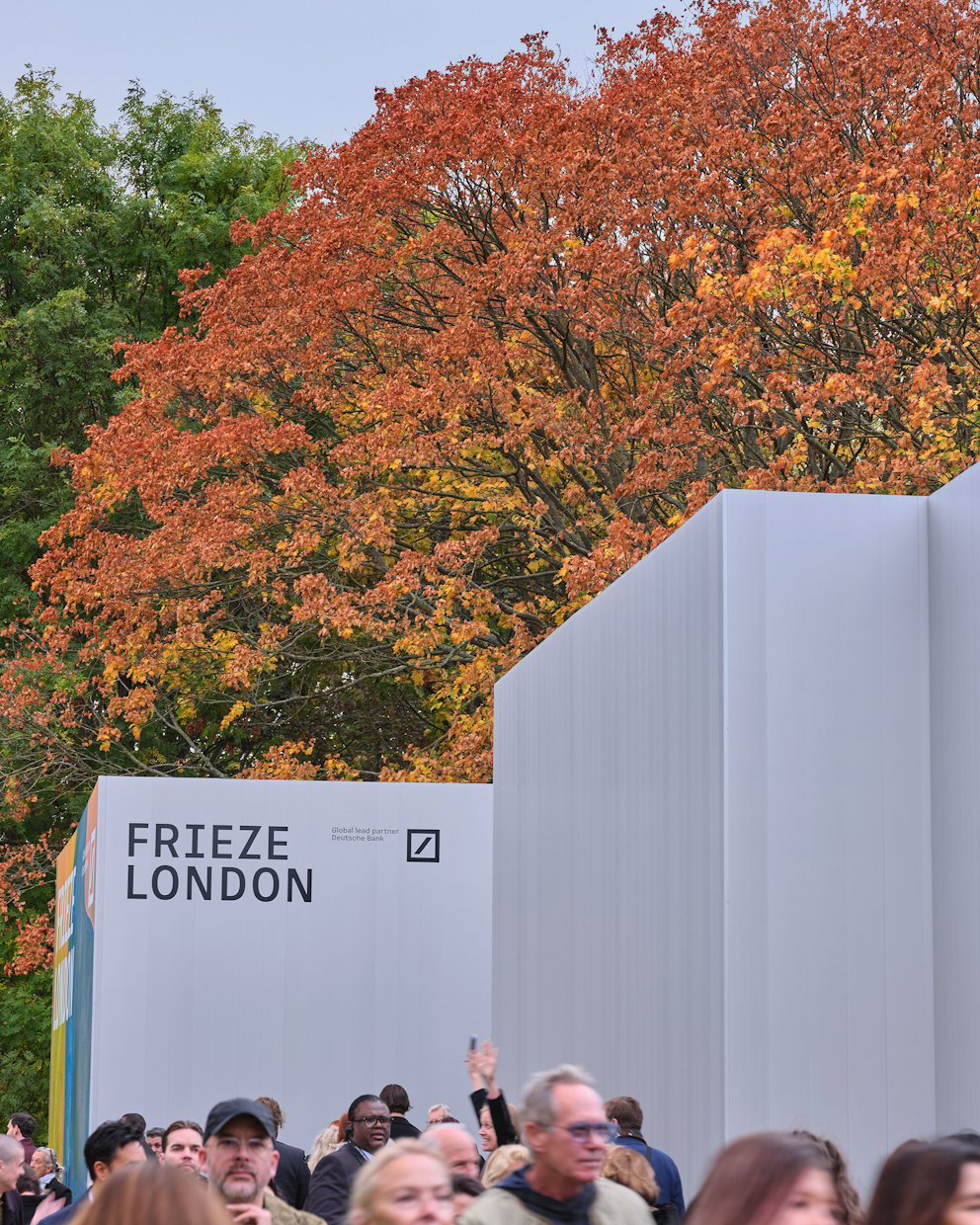The Innovation Park – Innovationsbogen in German – was designed to serve as an inspiration through its arch-shaped architecture and integrated sustainability, including the first building façade ever made of 100 percent end-of-life aluminium.
Innovationsbogen is 145 meters long and has an area of 14,800 square meters. An elongated building with six floors at the highest point, it appears to rise out of the landscape, its grassy roof like a meadow.
Most innovative office building in the region with a pioneering façade
Again, Innovationsbogen is about sustainability. With its advanced energy concept, in which photovoltaic systems mounted on the roof cover the building’s electricity demand and where the air conditioning for the building is provided by special heating and cooling sails, the building was designed to achieve LEED Platinum certification. Another key component is the building’s unique façade.
My employer, the systems house Wicona, realized the façade with a special construction of its WICTEC EL evo element façade.
Aluminium is the best material for façades
Aluminium is the best material I know to use in façades, for several reasons. One, it combines good mechanical properties with the ease to obtain any shape of profile that would suit the specifications of the façade.
In addition, this mechanical performance, in a façade, means ensuring the façade’s ability to resist stress factors such as wind pressure and the weight of other components entering its composition, and its ability to accommodate possible movements of the structure, from small natural or structural movements to major displacements when buildings need to be earthquake-safe.

Near-zero aluminium for the façade elements
The façade elements we manufactured for Innovationsbogen have an integrated sun protection guide and a baffle plate as fall protection. As the material, we used Hydro CIRCAL 100R – a 6xxx-series alloy made of 100 percent end-of-life aluminium and with a footprint less than 0.5 kg CO2 per kg aluminium.
The façade used 85 tonnes of this near-zero aluminium, which, when compared with the European average of 6.7 kg CO2/kg aluminium, corresponds to a CO2 reduction of 527 tonnes.
Reducing the climate impact with post-consumer scrap aluminium
According to the United Nations Environment Program (UNEP), the building and construction industry is by far the largest emitter of greenhouse gases, accounting for 37 percent of global emissions. The beauty of Hydro CIRCAL 100R is that it provides architects and builders with completely new possibilities to reduce the climate impact of buildings.
By using 100 percent recycled post-consumer aluminium, they can make a step change and prove that achieving a zero-carbon footprint in buildings is possible.
That said, producing an aluminium product containing only used metal is a challenge because of the complex elements a product brings after it reaches end of life, such as paint, plastics and other contaminants.
Utilizing complex scrap types in a high-quality recycled product requires a recycling technology that includes sorting, shredding and melting technologies. Only when you can remove all foreign materials to ensure an aluminium fraction as close to 100 percent as possible, can you take the next step.
The science of chemistry is also part of the picture, because for a near-zero product, you need to manage the scrap chemistries against the alloy chemistry specification. At the 100 percent level, the chemistry is literally determined by scrap chemistry. You have no possibility to fine-tune with standard ingot.
We achieved this for Innovationsbogen, a building that is really something special.









